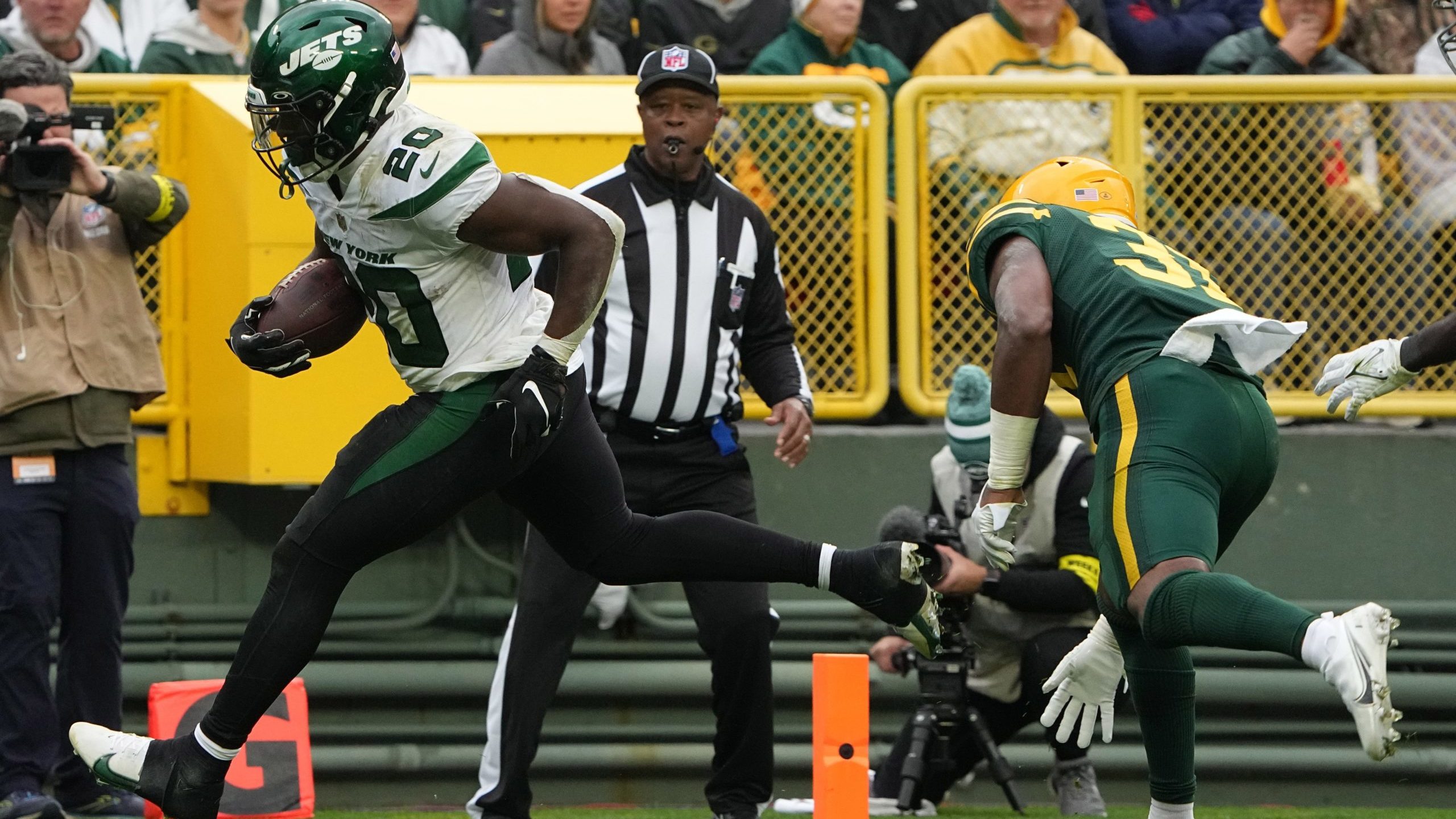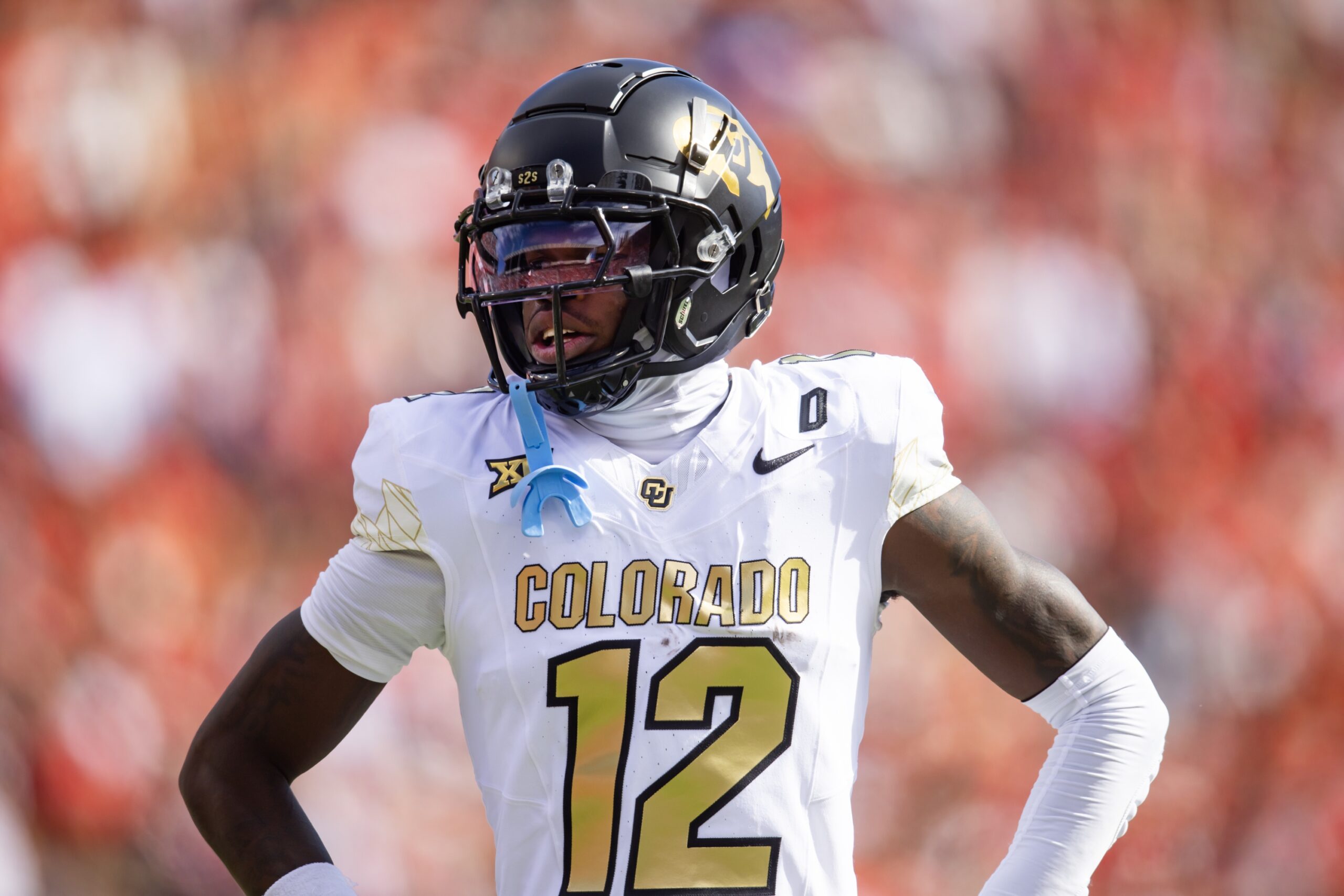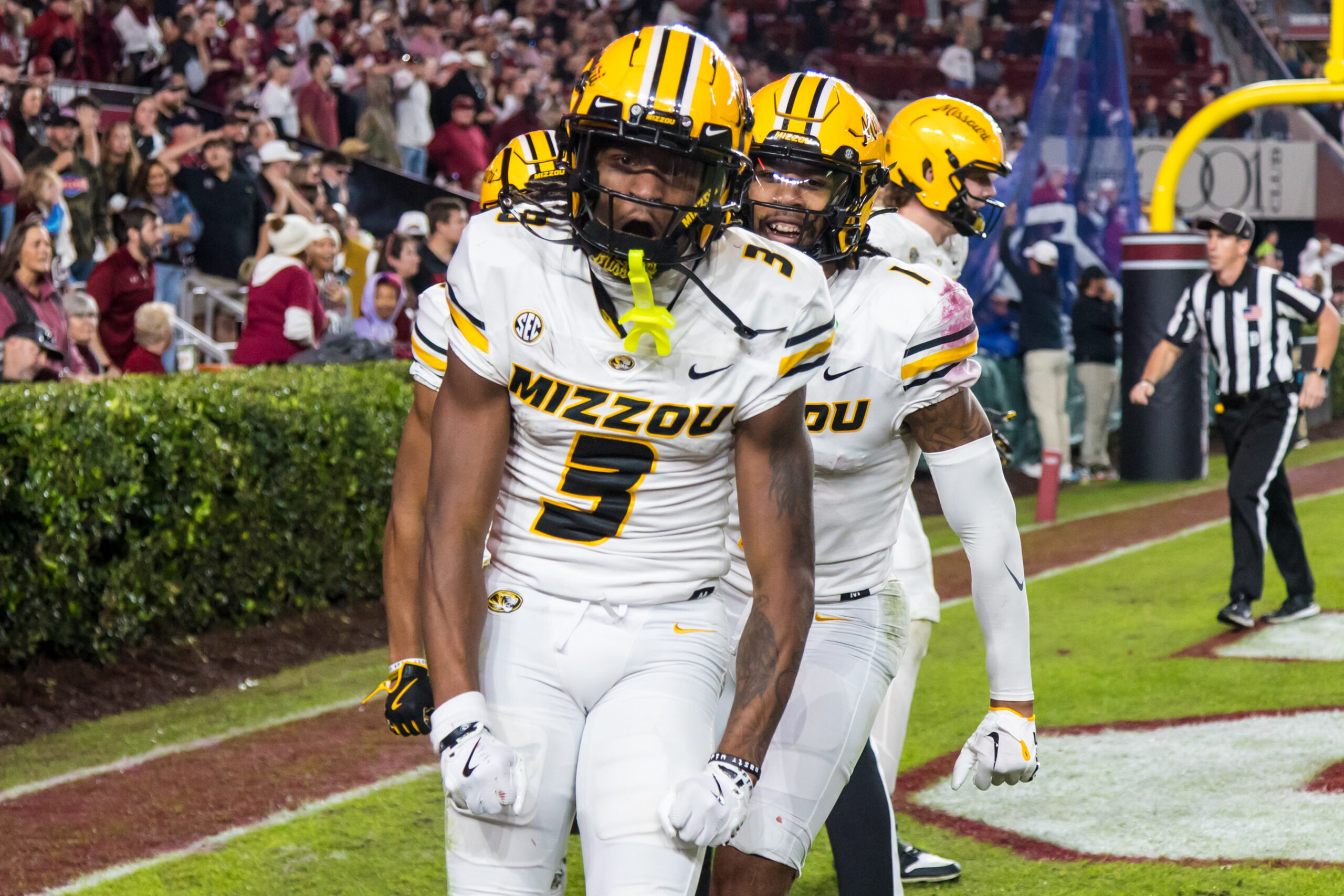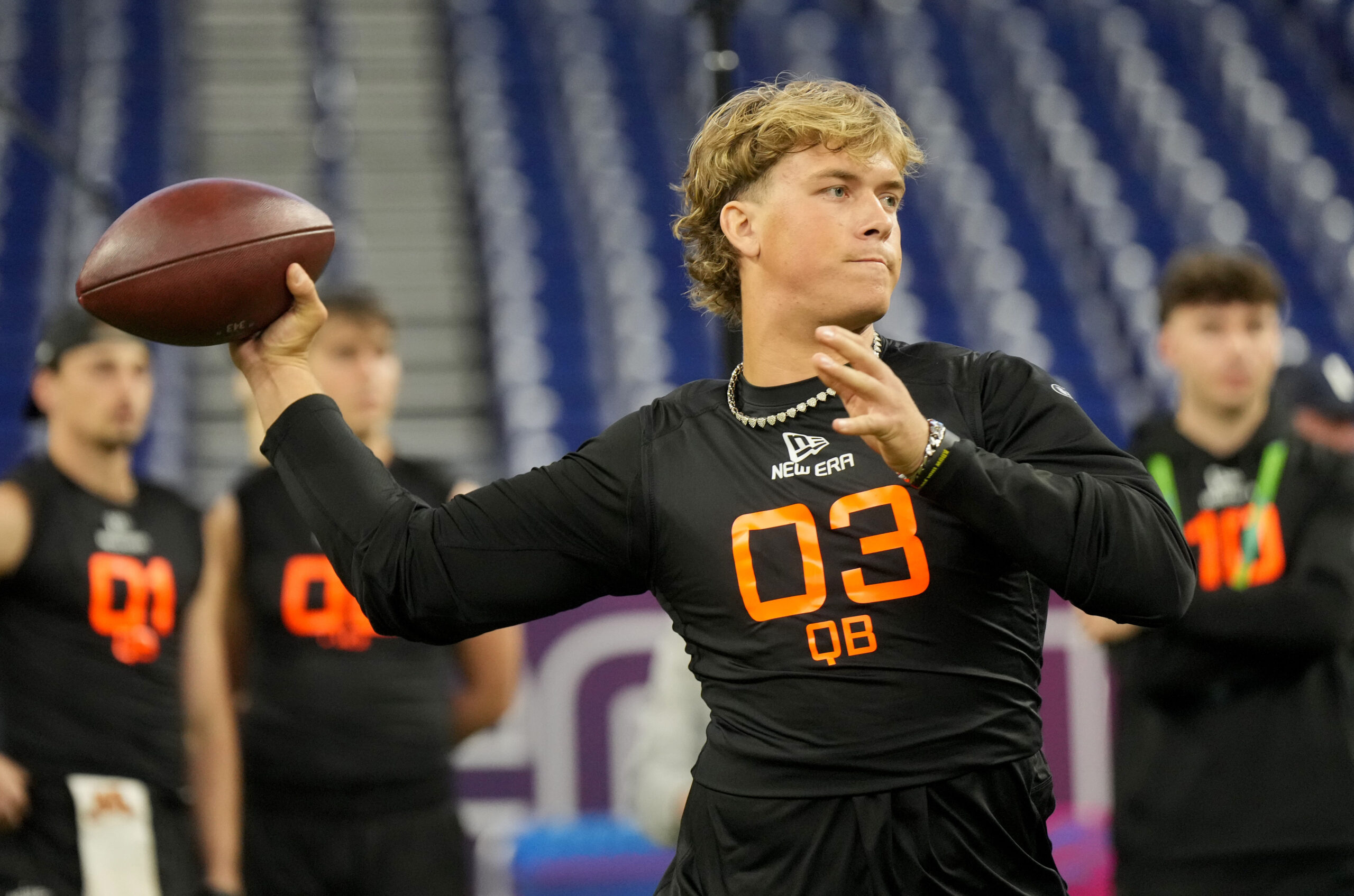Analysis
8/18/23
7 min read
2023 Dynasty Fantasy Football Profile: How Valuable Is Breece Hall?
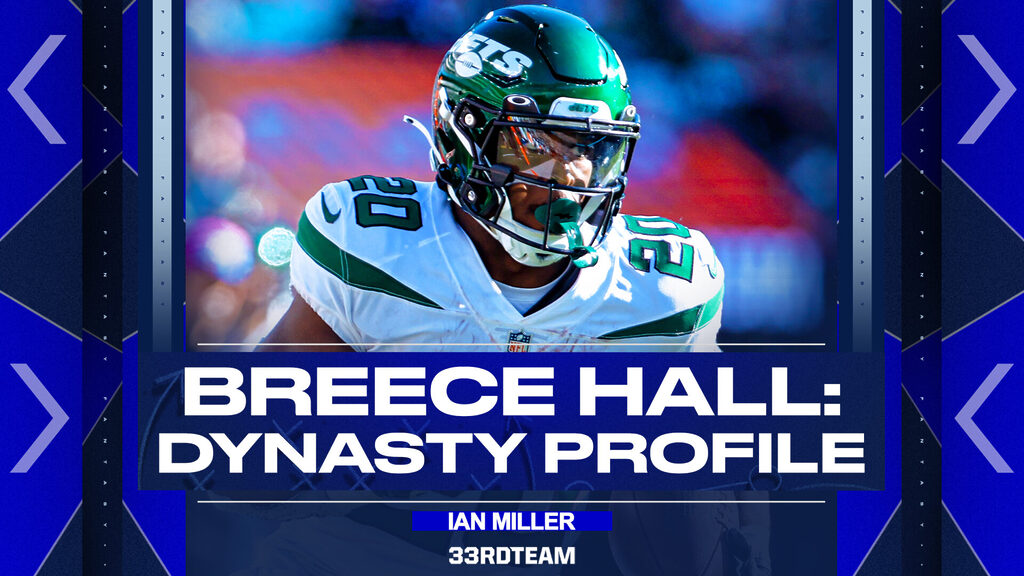
If you, like the rest of the world, are thinking about Breece Hall, you came to the right place. There are many aspects to cover to understand who Hall is.
He’s a second-year running back coming off a major injury and sharing the New York Jets backfield with the recently signed Dalvin Cook. But the important part is all the uncertainty created by those factors can be answered.
Hall's Dynasty Outlook
Prospect Profile
To understand Hall as a fantasy asset, we must start with who he was as a prospect. Because he’s only in his second NFL season, his prospect profile is important in articulating his range of outcomes. That leads us to Iowa State’s 2019 team.
Hall was an 18-year-old who was immediately a difference-maker. As a freshman, he posted 16.5 fantasy points per game on a near 50 percent carry percentage at 49.1 percent.
With that 49.1 percent carry percentage, he accounted for 56.1 percent of Iowa State’s rushing yards that season. Being efficient with his workload while holding a volume was a strong indication Hall could be a good prospect heading into his sophomore season.
In that sophomore season, his rushing workload and efficiency increased. He pushed his carry percentage to 61.3 percent while his rushing yard market share increased to 67.2 percent. Heading into his junior season, the only thing missing was solid volume as a receiver.
Unsurprisingly, his rushing workload increased yet again while he remained efficient. That is part of the reason he posted 29.3 points per game that season. Hall posted his career-high carry percentage of 66.9 percent and a career-high rushing yard market share at 76.3 percent.
His rushing workload is clearly one of the best we’ve ever seen, becoming just the fifth collegiate running back to post at least a 60 percent carry percentage at both 19 and 20 years old. It’s clear how strong of a rusher Hall was at Iowa State, but he also posted a more than 10 percent target share in his junior season. That showed he’s an adequate receiver and one of the most talented collegiate rushers we’ve seen.
It only makes sense he would declare for the NFL draft after his junior season — another strong indication that Hall was a top-level prospect.
Hall then went to the NFL Combine and finished with a 9.96 relative athletic score (RAS), trailing only Saquon Barkley. That all but guaranteed Hall would have a high hit rate as a prospect.
After the Jets took him at the beginning of the second round, he was officially an Elite+ prospect. There have been 24 Elite+ prospects since 2006, with 87.5 percent and counting posting at least a 15-point per game season in the NFL.
Hall was actually such a strong prospect that he was a “League Winner” prospect. That is the highest level of prospect. Not only is the hit rate for at least 15 points per game 100 percent, so is the hit rate for at least 18 points per game.
That’s a prospect tier that includes Adrian Peterson, Christian McCaffrey and Barkley.
Rookie Season
Hall tore his ACL in the first half of his Week Seven matchup against the Denver Broncos. This means we didn’t even get at least a half-season of games played.
Before looking at Hall’s pre-injury peripherals, it’s important to note rookie running backs typically don’t have their best production until the second half of the season. If we look at all rookie running back seasons since 2006, they scored 22.3 percent higher points per game in the second half of the season compared with the first half.
That isn’t an excuse for Hall’s production but is rather to show how impressive his peripherals are.
He posted a near 50 percent carry percentage, good for 2.78 yards per team rush attempt. That would’ve been the sixth-highest mark in the league. The receiving production carried over from his final collegiate season, if it didn’t improve.
He had a 12.0 percent target share and an efficient 0.84 yard per team pass attempt in his small sample rookie season. Those numbers could mean nothing, but we can add further context to these peripherals’ strengths.
Hall’s 2.78 yards per team rush attempt had only been topped by five other Elite+ rookie running backs: Peterson, Barkley, Ezekiel Elliott, Todd Gurley and Marshawn Lynch.
When we add Hall’s receiving peripherals, there have only been two rookie running backs to top his yards per team pass attempt and yards per team rush attempt: Barkley and Matt Forte.
While Hall’s season ended too soon, his prospect profile and rookie peripherals point toward him being a superstar running back.
Injury Prognosis
We must understand his recovery timeline before we can project forward with Hall. Because I’m not an injury expert, I rely on those who are. One of the football injury doctors I follow closely is Jeff Mueller, PT, DPT. You can find him on Twitter/X @jmthrivept; he does truly exceptional work.
In his prognosis of Hall, he showed other elite running backs such as Edgerrin James, Peterson, Barkley and J.K. Dobbins with outcomes in their first season following the ACL injury.
One thing that stands out when looking at their returns from injury is their athletic testing and how those with strong athletic testing have higher immediate production. This is great news for Hall, a 90th-percentile athlete at the position.
Based on this and other variables specific to Hall’s rehab, Mueller projects Hall will be near 100 percent by Week 6. He could have a slower start in 2023, but based on this timeline, we won’t have to wait long to see Hall at his full powers. This makes for an exciting projection heading into his second season.
Projection
Before projecting what appears to be a budding superstar, we must address the elephant in the room: Cook. While bringing in a running back who’s never held below a 50 percent carry percentage negatively affects Hall’s projection, we must determine to what degree.
Unfortunately, it’s not as easy as taking prior instances where two high-volume running backs ended up on the same team and using them to project this situation.
We have to look at each of their surrounding efficiencies with their last high-volume season to project 2023 production because they likely both cap each other from hitting top-five rushing volume.
Cook essentially rushed on par for the volume he was given. His carry percentage and yards per team rush attempt ranked fifth. While it’s not bottom-of-the-league-level efficiency, it’s certainly been a downward trend for a now-28-year-old.
Hall posted the sixth-highest yards per team rush attempt, but it came on the 19th-highest carry percentage. Hall was essentially just as effective on a per-team rush attempt basis, but it came on a much lower volume.
These two backs are on opposite trends in terms of efficiency. Plus, Hall is one of the league’s most effective rushers. Even without high-end rushing volume, he can still produce as if he does have high volume.
Not to mention, Hall was more effective as a receiver, posting a four percent higher target share despite a lower snap share. In fact, Hall’s small sample rookie target share would’ve been the second-highest of Cook’s career.
Barring injury, Hall is capped from hitting high rushing volume. However, he doesn’t need it with his rushing efficiency and receiving production to have a top-12 running back season. There are many outcomes where he could have an RB1 overall finish because his profile isn’t common.
Conclusion
With Cook joining the Jets’ backfield, we’ve seen Hall’s value fall. According to KeepTradeCut.com, it’s at the lowest point it’s been since early October of his rookie season.
Even though the median projection for Hall isn’t that of a top-five running back, you likely won’t get such a discount on a profile as good as this in the near future, especially on one who still has an RB1 projection despite playing with Cook.
With the amount of upside Hall holds for the foreseeable future, he’s entering buy status in dynasty fantasy football.
Follow The 33rd Team Podcast Network on Spotify and Apple Podcasts.

